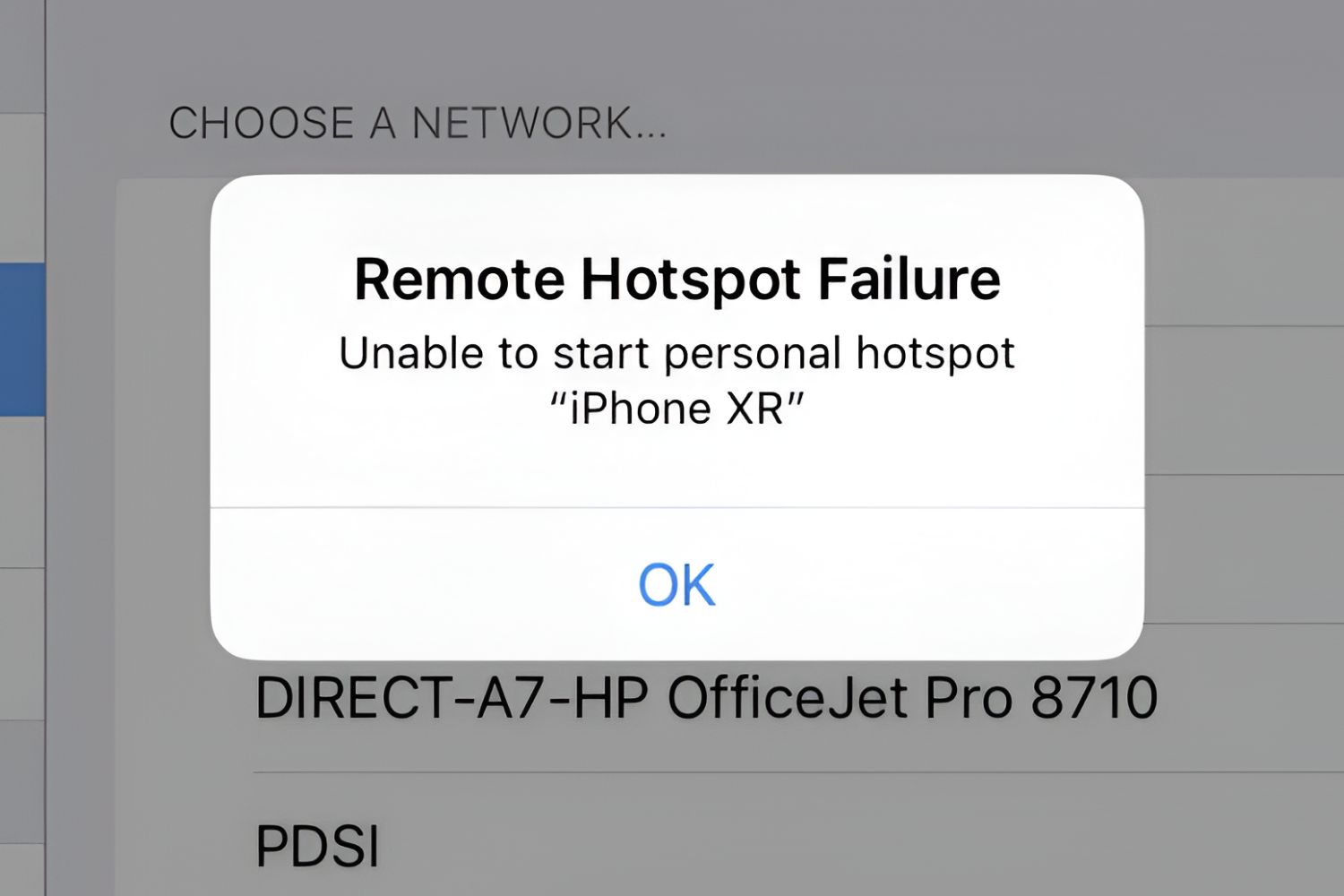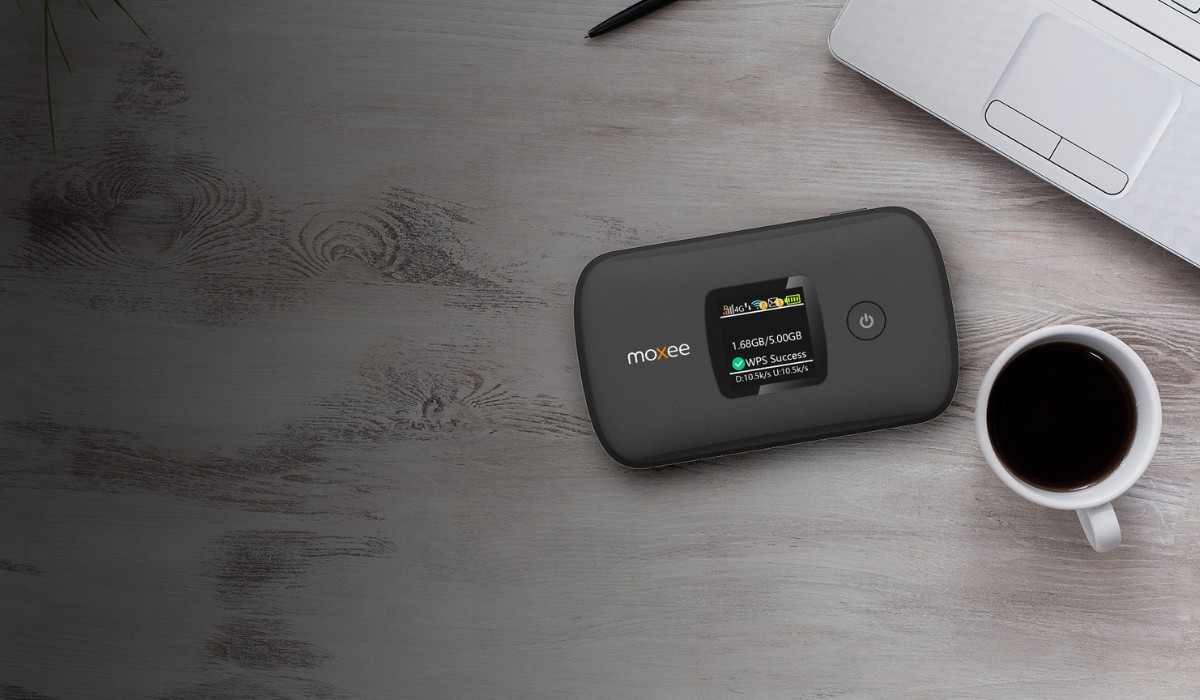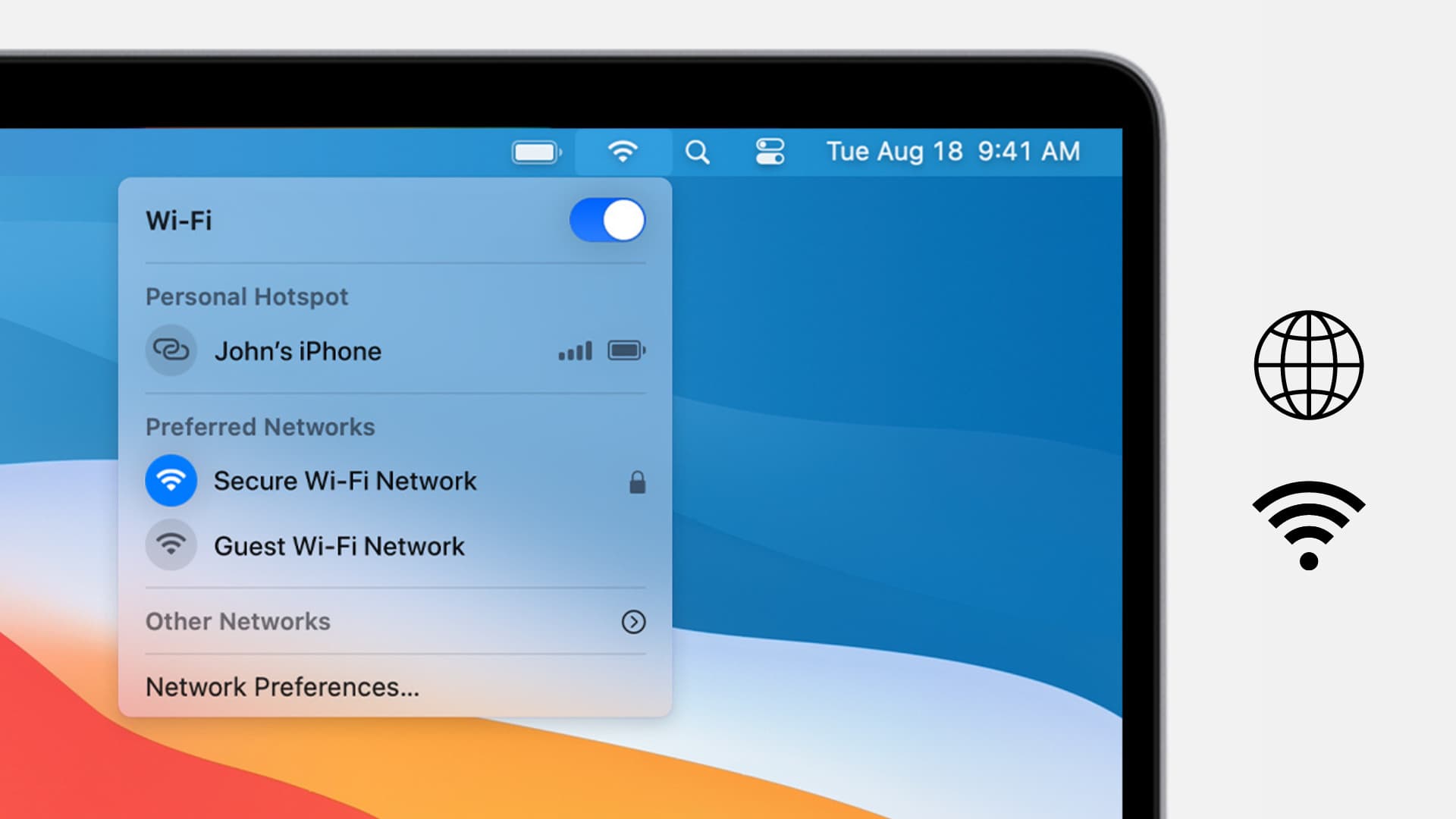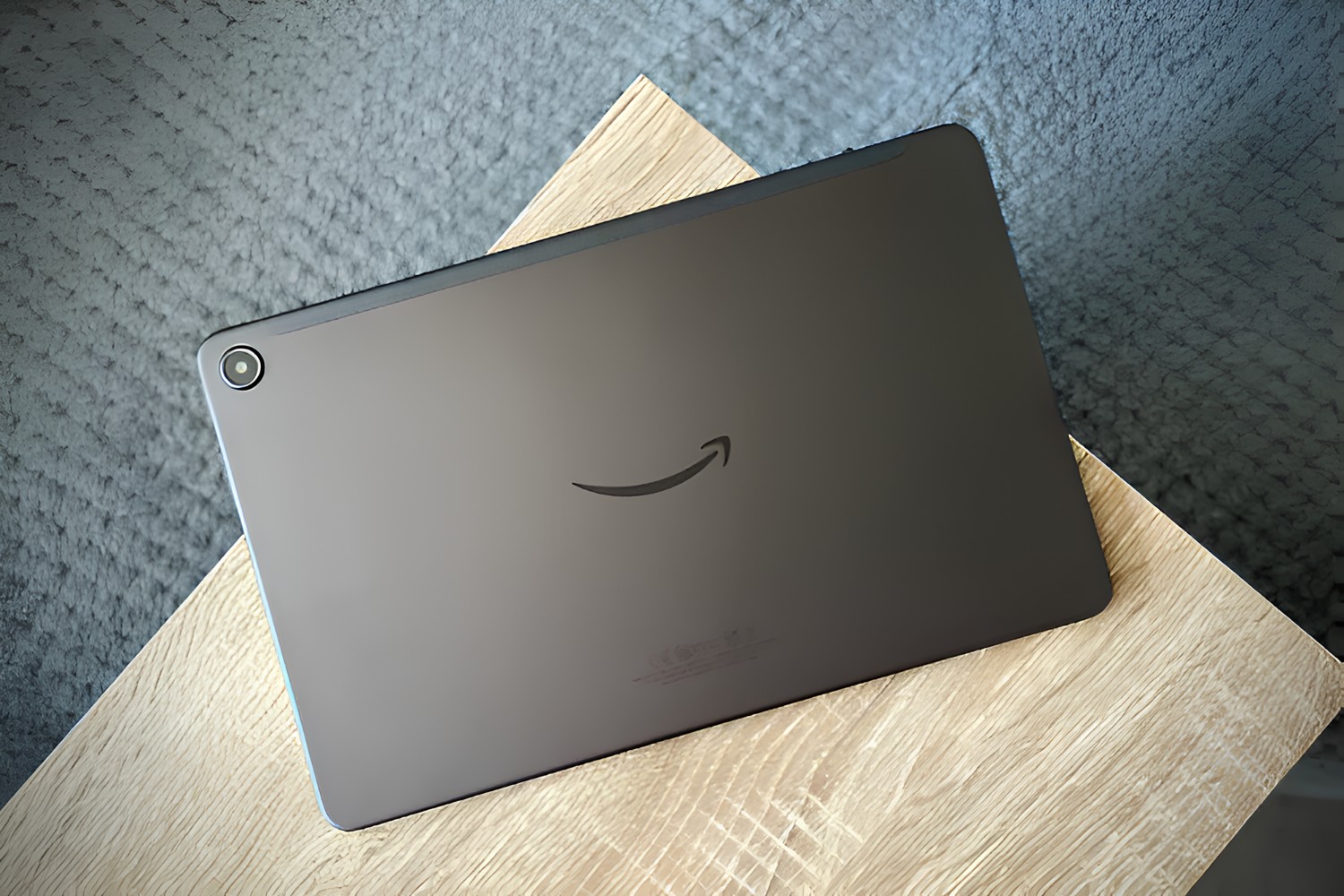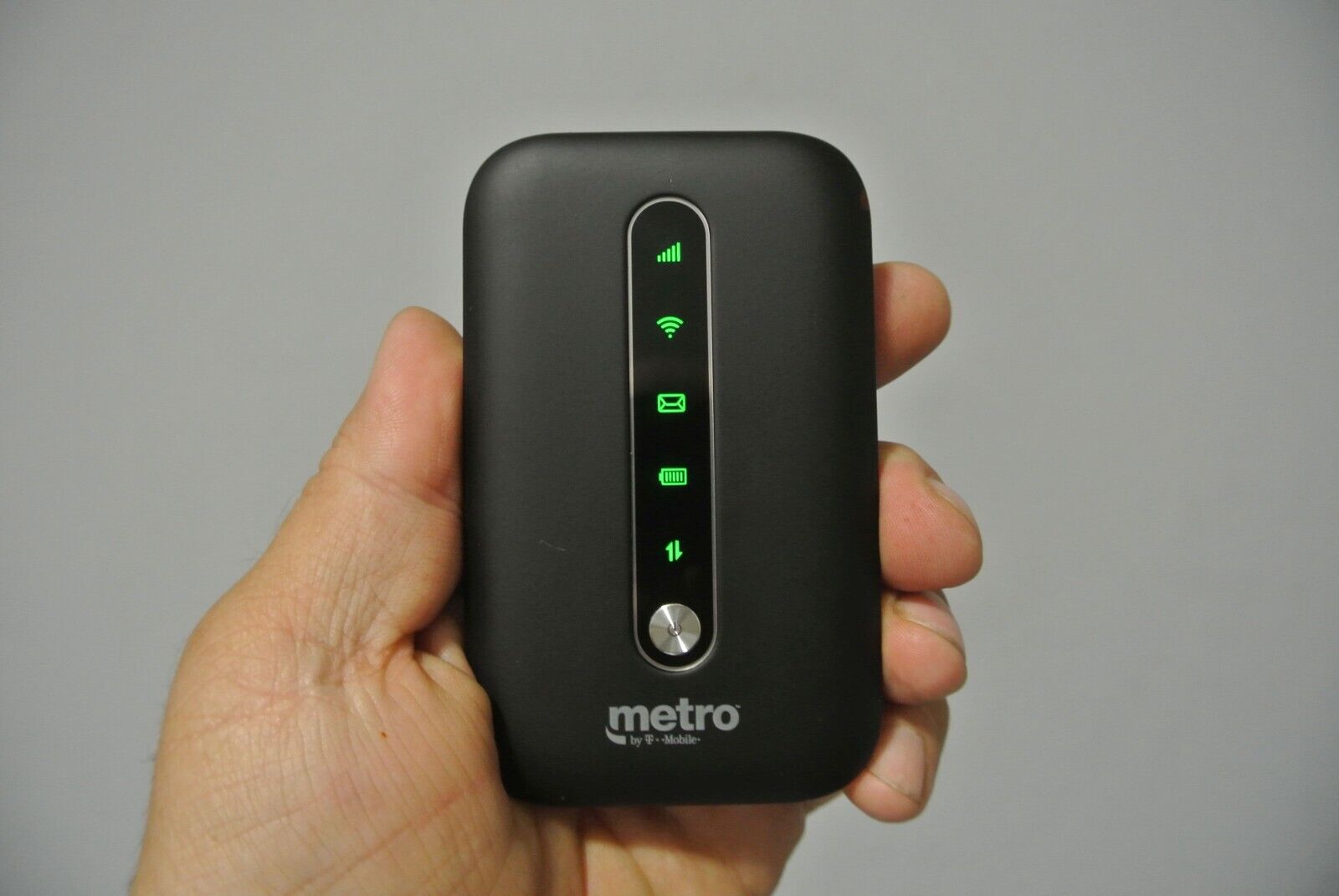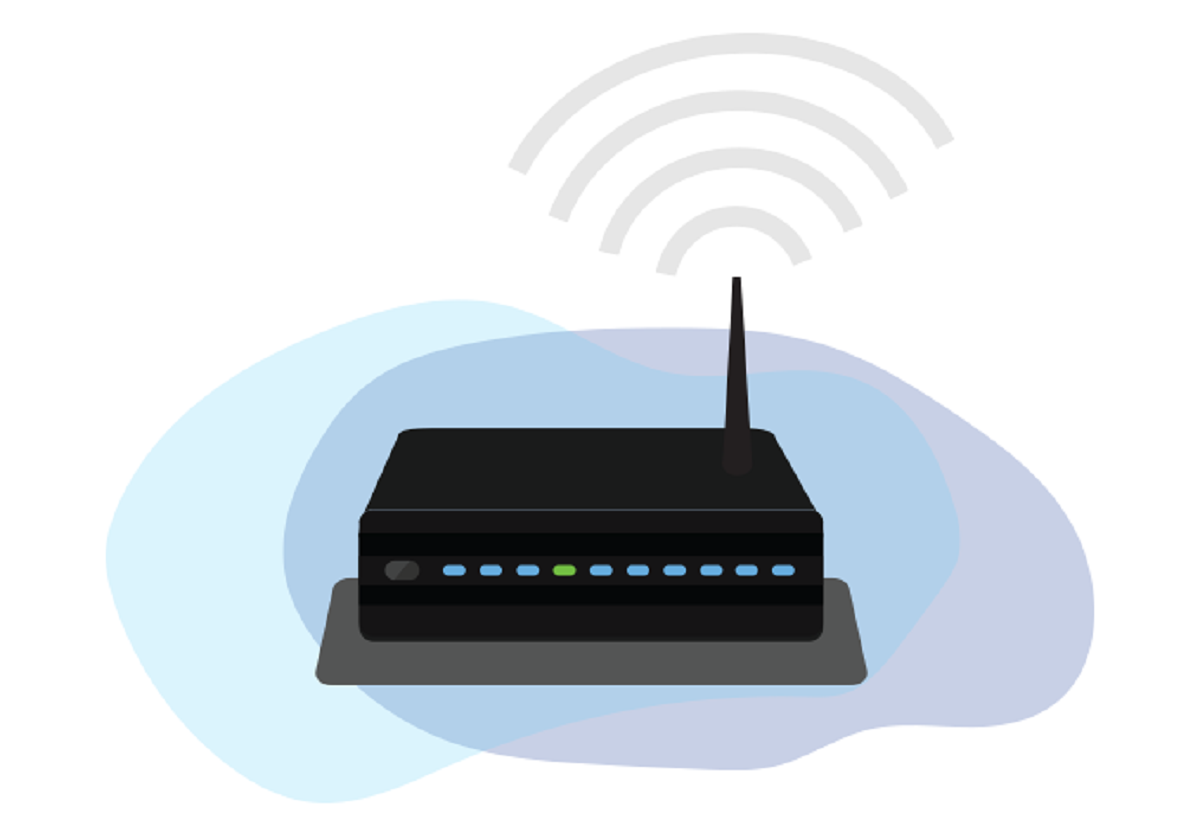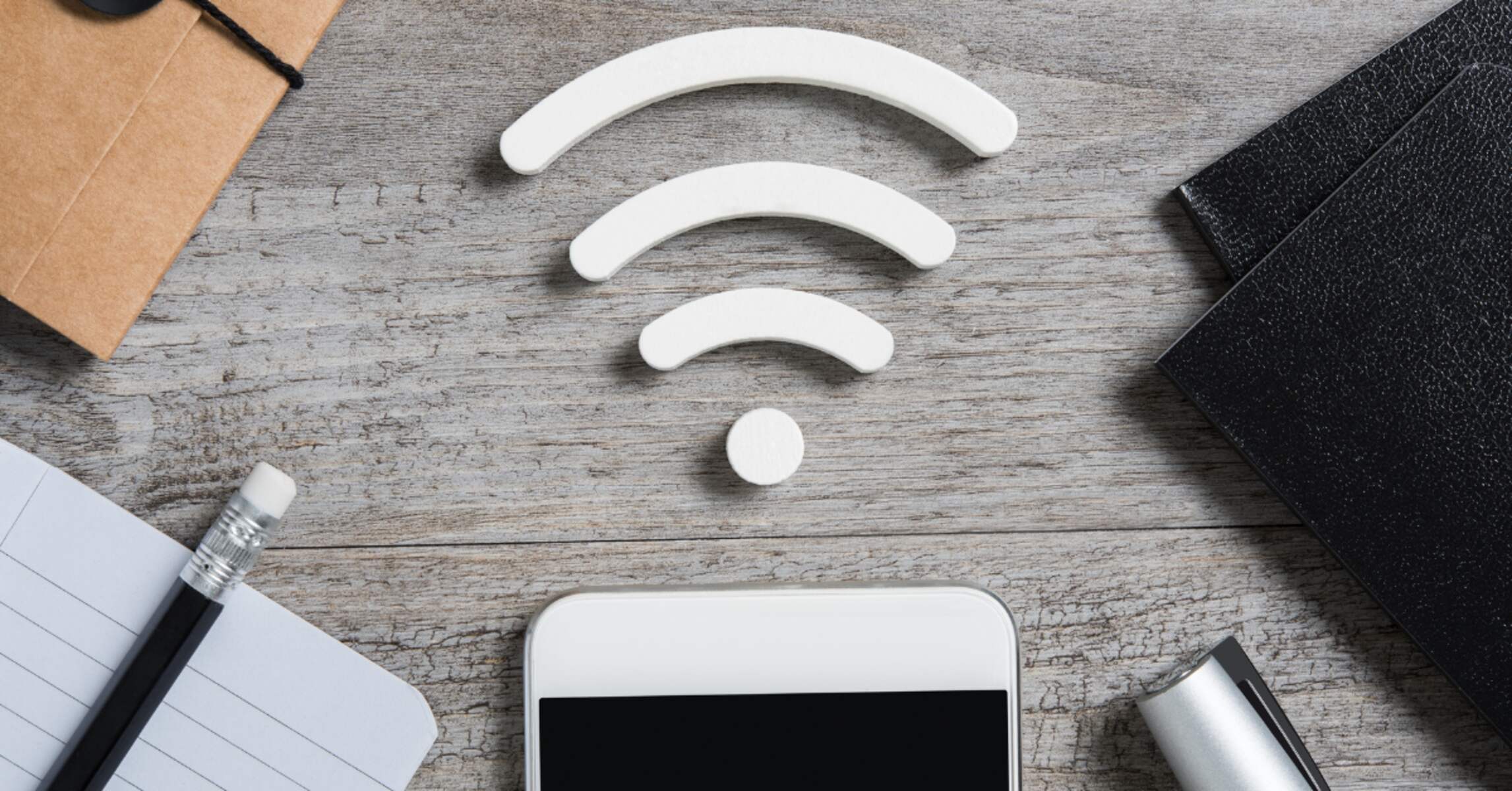Introduction
Experiencing a remote hotspot failure can be frustrating, especially when you rely on it for staying connected while on the go. Whether you're traveling for work or leisure, a malfunctioning hotspot can disrupt your plans and hinder your productivity. However, the good news is that there are several troubleshooting steps you can take to address this issue and get your hotspot back up and running smoothly.
In the following sections, we will explore some effective troubleshooting tips to help you resolve remote hotspot failures. By following these steps, you can regain control of your connectivity and minimize the impact of any disruptions. From checking the connection to updating the software and contacting your service provider, each step is designed to guide you through the process of identifying and resolving the underlying issues affecting your remote hotspot.
So, if you've ever found yourself grappling with a malfunctioning remote hotspot, fret not! This comprehensive guide will equip you with the knowledge and strategies needed to troubleshoot and resolve the most common issues, allowing you to stay connected and productive, no matter where your adventures take you.
Check the Connection
Ensuring a stable and reliable connection is the first step in troubleshooting a remote hotspot failure. A weak or unstable connection can lead to disruptions in the hotspot's functionality, causing it to underperform or stop working altogether. Here's how you can effectively check the connection to identify and address any issues:
-
Signal Strength: Begin by assessing the signal strength of the remote hotspot. If the signal is weak, it can significantly impact the performance of the hotspot. Check the signal bars or indicators on the device to gauge the strength of the connection. Ideally, a strong and stable signal is essential for seamless connectivity.
-
Proximity to the Device: Ensure that the device you are attempting to connect to the hotspot is within a reasonable proximity. Physical barriers, such as walls and obstructions, can weaken the signal and hinder connectivity. Bringing the devices closer together can help improve the signal strength and overall performance.
-
Interference: Identify potential sources of interference that may be disrupting the connection. Other electronic devices, such as microwaves, cordless phones, and Bluetooth devices, can interfere with the hotspot's signal. Moving away from such sources of interference can help mitigate connectivity issues.
-
Device Compatibility: Verify that the device you are using to connect to the hotspot is compatible with the hotspot's network specifications. Incompatibility between the hotspot and the connected device can lead to connectivity issues and hinder the overall performance.
-
Network Settings: Review the network settings on both the hotspot and the connected device. Ensure that the hotspot's network settings, such as the network name (SSID) and password, are correctly configured. Additionally, check the network settings on the connected device to ensure they align with the hotspot's requirements.
By meticulously examining and addressing these factors, you can effectively check the connection and identify potential issues that may be contributing to the remote hotspot failure. Once any underlying connectivity issues are resolved, you can proceed to the next troubleshooting steps to further diagnose and address the problem.
Restart the Devices
One of the most straightforward yet effective troubleshooting steps for addressing remote hotspot failures is to restart the devices involved in the connectivity process. This simple action can often resolve underlying issues that may be causing the hotspot to malfunction. Here's a closer look at the importance of restarting the devices and how to go about it:
Why Restarting is Crucial
Restarting the remote hotspot and the connected devices can help reset their configurations and clear any temporary glitches or errors that may be affecting their performance. Over time, electronic devices can encounter minor software hiccups or memory leaks, leading to connectivity issues. By restarting the devices, you can effectively clear these temporary issues and restore their functionality.
How to Restart the Devices
-
Remote Hotspot: Begin by powering off the remote hotspot device. Depending on the model, this may involve pressing a power button or accessing the device's settings to initiate a shutdown. Allow the hotspot to remain powered off for a few minutes to ensure a complete reset.
-
Connected Devices: Next, power off the devices that are connected to the hotspot, such as smartphones, laptops, or tablets. Completely powering down these devices and waiting for a brief period can help clear any lingering connectivity issues.
-
Power On: After the devices have been powered off, proceed to power them back on. Start by turning on the remote hotspot, allowing it to initialize and establish a stable connection. Once the hotspot is operational, power on the connected devices one by one, allowing each device to establish a connection with the hotspot.
Additional Considerations
It's important to note that simply restarting the devices may not always address more complex issues such as hardware malfunctions or software conflicts. However, it serves as an essential first step in the troubleshooting process, often resolving transient connectivity issues and restoring the functionality of the remote hotspot.
By following these steps and restarting the devices involved in the connectivity process, you can effectively clear temporary glitches and restore the functionality of the remote hotspot. If the issue persists after restarting the devices, further troubleshooting steps may be necessary to identify and address the underlying cause of the remote hotspot failure.
Update the Software
Ensuring that the software powering your remote hotspot is up to date is a critical step in troubleshooting connectivity issues. Software updates, also known as firmware updates, play a pivotal role in enhancing the performance, security, and compatibility of electronic devices, including remote hotspots. By keeping the software updated, you can address known bugs, vulnerabilities, and compatibility issues that may be contributing to the failure of the hotspot. Here's a detailed look at the importance of updating the software and how to go about it:
Importance of Software Updates
Software updates are designed to deliver various improvements to electronic devices, and remote hotspots are no exception. These updates often include bug fixes, performance enhancements, security patches, and compatibility improvements, all of which are crucial for maintaining the optimal functionality of the hotspot. Outdated software can lead to a myriad of issues, including connectivity disruptions, slow performance, and susceptibility to security threats. By staying proactive and ensuring that the software is regularly updated, you can mitigate these potential issues and maintain a reliable remote hotspot.
How to Update the Software
-
Check for Updates: Begin by accessing the settings or management interface of the remote hotspot. Look for an option related to software updates or firmware updates. Depending on the model and manufacturer, this option may be labeled differently, such as "Software Update," "Firmware Upgrade," or "System Update."
-
Initiate the Update: Once you've located the software update option, follow the on-screen instructions to initiate the update process. In many cases, the remote hotspot will connect to the manufacturer's servers to check for available updates. If an update is found, you will typically be prompted to confirm the installation of the update.
-
Allow the Update to Complete: Depending on the size of the update and the speed of your internet connection, the update process may take several minutes to complete. It's crucial to allow the update to finish without interruption to ensure that the software is updated successfully.
Additional Considerations
It's important to note that software updates may also introduce new features or improvements to the user interface of the remote hotspot. While these enhancements can enhance the overall user experience, the primary focus of updating the software is to address underlying technical issues that may be affecting the hotspot's functionality.
By proactively updating the software of your remote hotspot, you can address known issues, enhance performance, and bolster the security of the device. This proactive approach to maintenance can significantly reduce the likelihood of experiencing connectivity failures and ensure that your remote hotspot operates at its full potential.
Reset the Hotspot Settings
Resetting the settings of your remote hotspot can serve as a powerful troubleshooting tool to address persistent connectivity issues and restore the device to its default configuration. Over time, changes to the hotspot settings, whether intentional or inadvertent, can lead to performance discrepancies and hinder its ability to provide reliable connectivity. By resetting the hotspot settings, you can effectively clear any misconfigurations, software glitches, or conflicting parameters that may be impeding its functionality.
Why Resetting is Essential
Resetting the hotspot settings essentially returns the device to its original state, clearing any custom configurations or settings that may be contributing to the connectivity issues. This process can help eliminate conflicting parameters, software errors, and network inconsistencies that have accumulated over time. It serves as a comprehensive reset, allowing the hotspot to start afresh and reestablish a stable and reliable connection with connected devices.
How to Reset the Hotspot Settings
-
Access the Settings: Begin by accessing the management interface or settings menu of the remote hotspot. Depending on the model and manufacturer, this may involve connecting to the hotspot's Wi-Fi network and accessing a web-based management portal or using a dedicated mobile app.
-
Locate the Reset Option: Within the settings or management interface, look for an option related to resetting or restoring the hotspot to its default settings. This option may be labeled as "Reset," "Restore Defaults," or "Factory Reset." It's important to note that performing a factory reset will revert all settings to their original state, including network configurations and security parameters.
-
Initiate the Reset: Once you've located the reset option, follow the on-screen instructions to initiate the reset process. Depending on the device, you may be prompted to confirm the reset action to proceed. It's crucial to understand that performing a reset will erase any custom settings or configurations, so it's advisable to back up any critical data or configuration details before proceeding.
-
Allow the Reset to Complete: After confirming the reset action, allow the hotspot to complete the reset process. This may involve the device restarting or undergoing a series of automated procedures to restore its default settings. Once the reset is complete, the hotspot will be in its original state, ready to be reconfigured for optimal performance.
Additional Considerations
It's important to exercise caution when performing a reset, as it will erase any custom configurations, including network names, passwords, and security settings. After the reset, you will need to reconfigure the hotspot with the necessary network details to ensure seamless connectivity with your devices. Additionally, a reset should be considered as a troubleshooting step when other measures have failed to address the connectivity issues, as it provides a comprehensive solution to clear persistent technical hindrances.
By resetting the settings of your remote hotspot, you can effectively eliminate underlying configuration issues and restore the device to its default state. This proactive approach can help address connectivity failures and ensure that the hotspot operates at its optimal capacity, providing reliable and consistent connectivity for your on-the-go needs.
Contact the Service Provider
In cases where the troubleshooting steps mentioned earlier fail to resolve the remote hotspot failure, reaching out to the service provider becomes imperative. Service providers are equipped with the expertise and resources to address complex connectivity issues, ensuring that customers receive the necessary support to restore the functionality of their remote hotspots.
When contacting the service provider, it's essential to provide detailed information about the issues you're experiencing with the remote hotspot. This may include specifics about the nature of the connectivity failure, any error messages or indicators displayed by the device, and the steps you've already taken to troubleshoot the problem. By offering a comprehensive overview of the situation, the service provider can better understand the underlying issues and provide targeted assistance.
Service providers often offer dedicated support channels, including customer service hotlines, online chat support, and email communication. When reaching out for assistance, it's advisable to have the following information readily available:
-
Device Details: Provide the make and model of the remote hotspot, along with any relevant serial numbers or identification details. This information helps the service provider identify the specific device and its technical specifications.
-
Troubleshooting History: Briefly outline the troubleshooting steps you've already undertaken, including any changes or observations made during the process. This can help the service provider gauge the extent of the issue and tailor their support accordingly.
-
Account Information: If the remote hotspot is associated with a service account, have the account details on hand. This may include account numbers, billing information, or any relevant credentials needed to verify ownership of the device.
-
Network Environment: Describe the typical network environment in which the remote hotspot is used. This may include details about the locations where connectivity issues are encountered, the types of devices connected to the hotspot, and any specific network configurations in place.
By providing this information, you enable the service provider to offer targeted and effective support, reducing the time required to diagnose and address the remote hotspot failure. Service providers often have access to advanced diagnostic tools and technical resources, allowing them to perform in-depth assessments and offer tailored solutions to restore connectivity.
In some cases, the service provider may identify underlying technical issues that require advanced troubleshooting or hardware replacements. By leveraging their expertise, you can navigate through these complexities and receive the necessary support to resolve the remote hotspot failure effectively.
Contacting the service provider serves as the final step in the troubleshooting process, offering a direct line to expert assistance and technical guidance. By collaborating with the service provider, you can ensure that every available resource is utilized to address the connectivity issues, ultimately restoring the functionality of your remote hotspot and enabling seamless connectivity wherever your travels take you.







